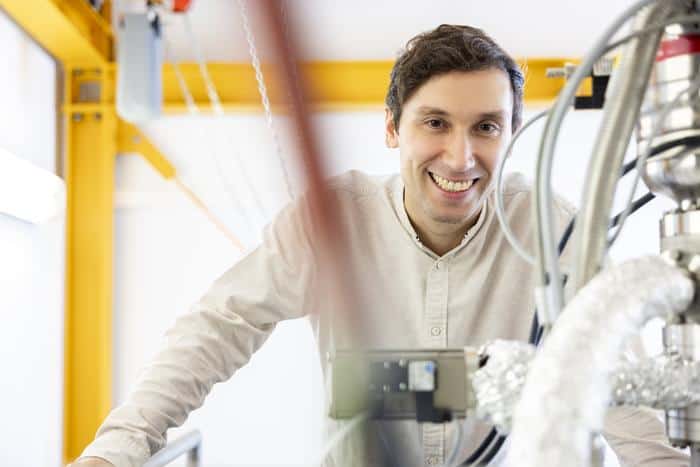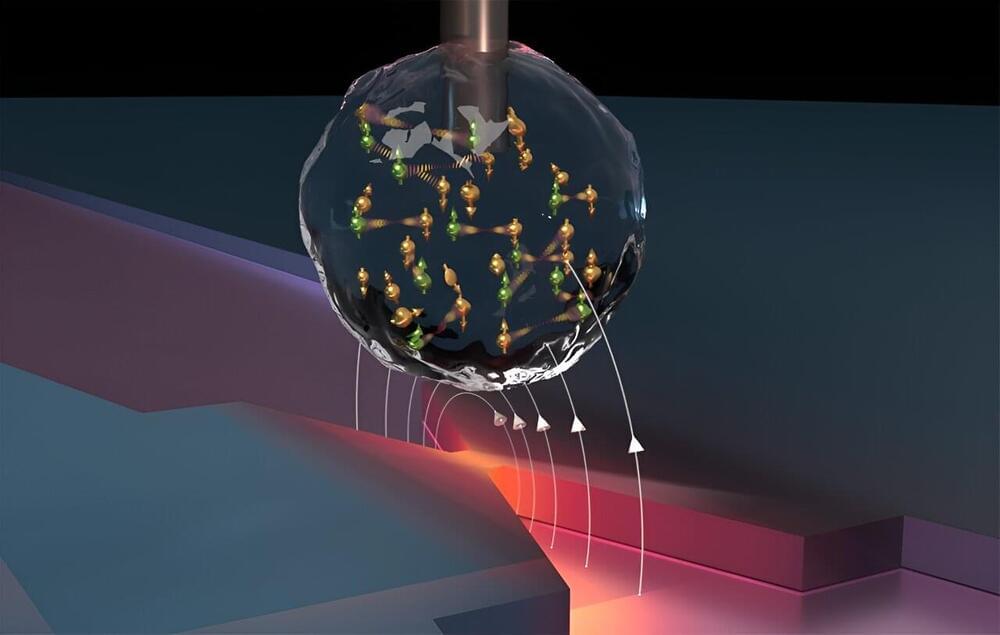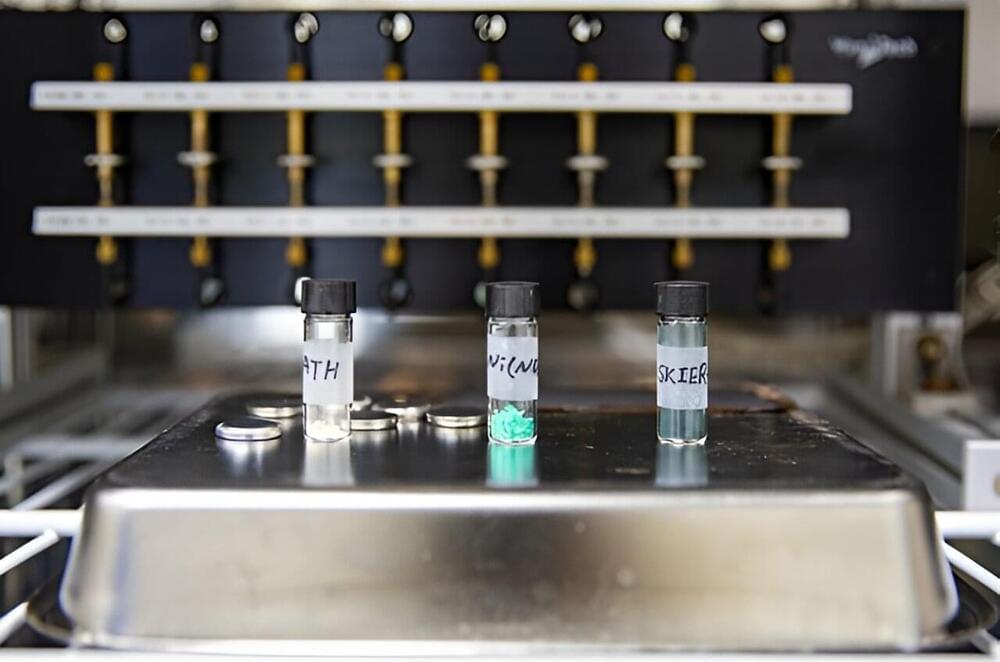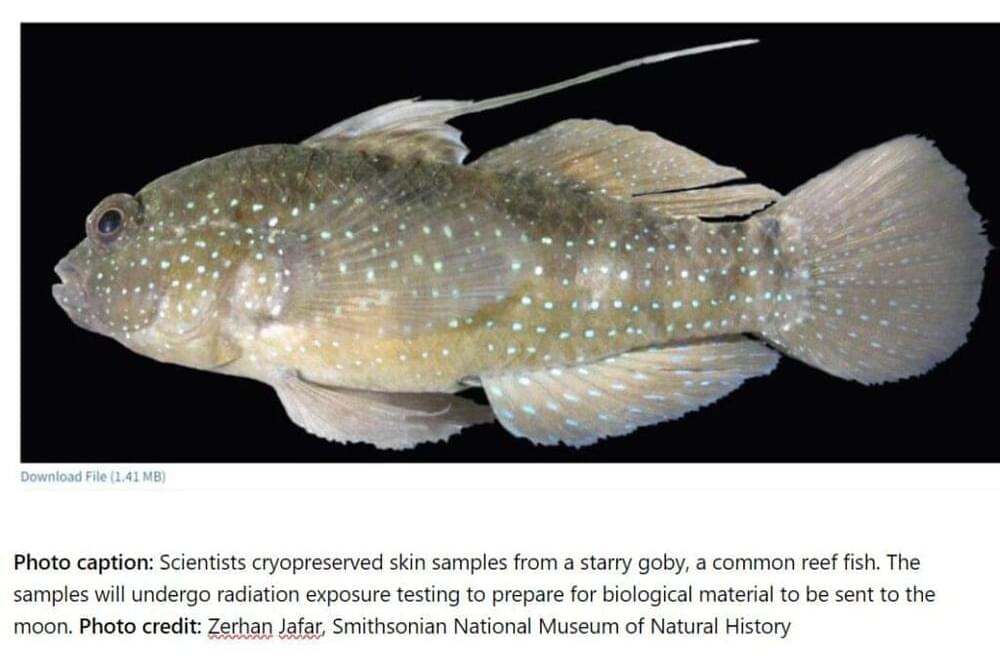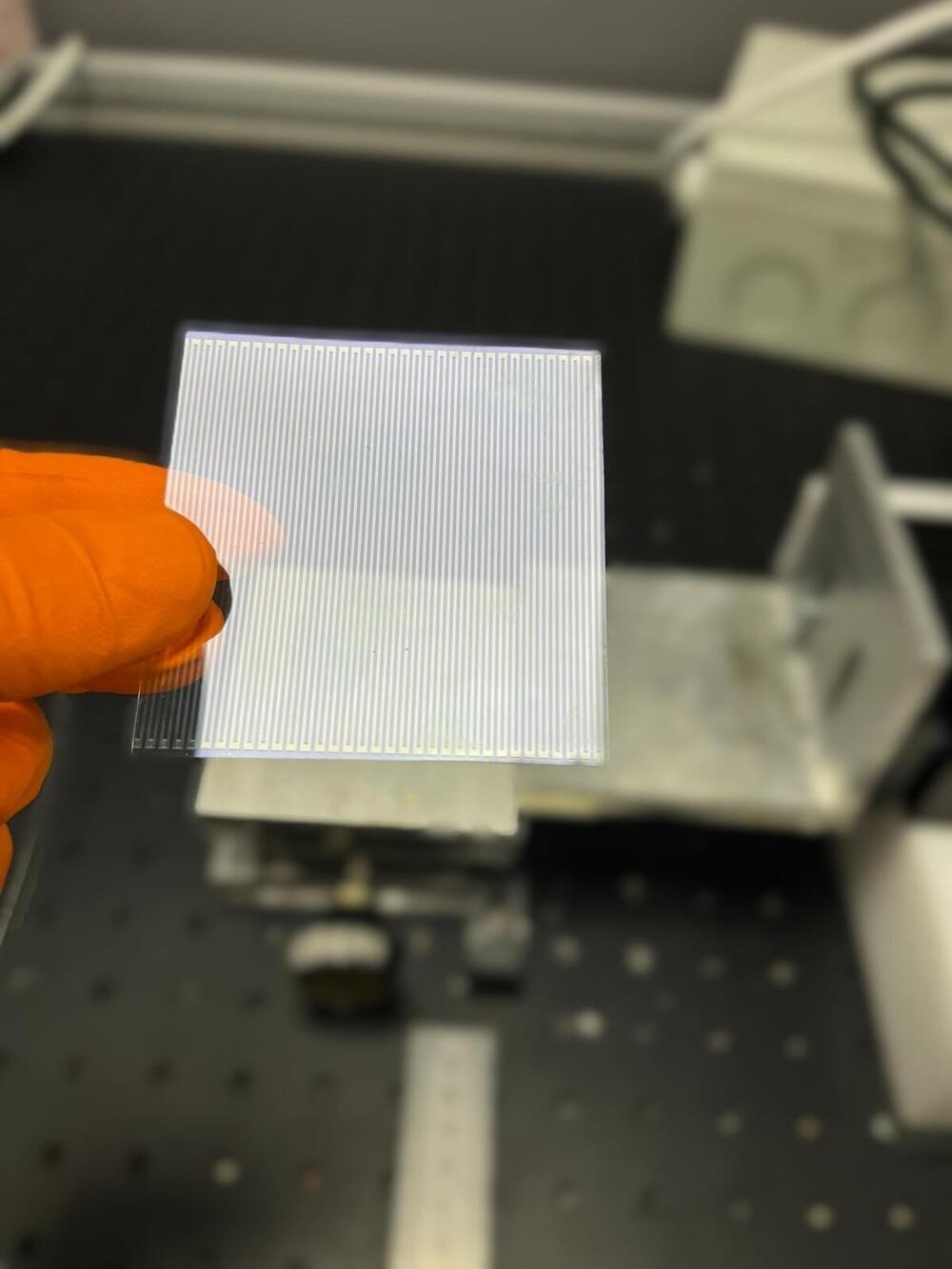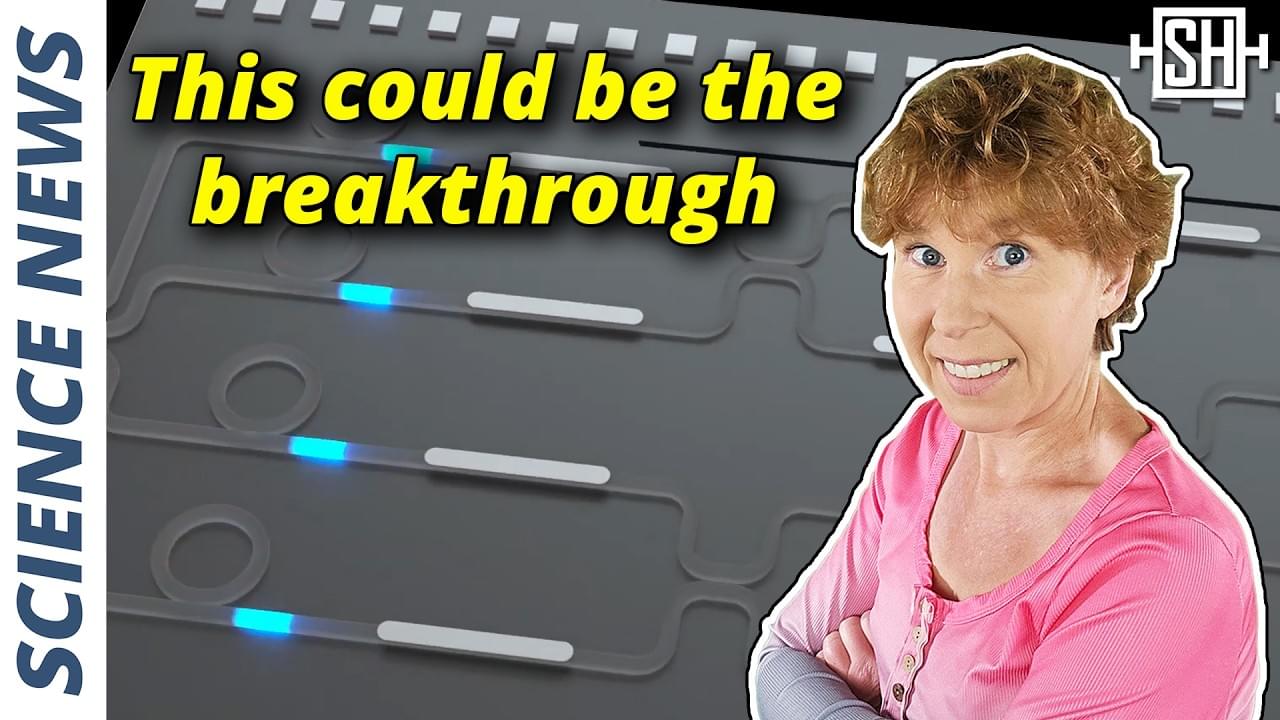Aug 23, 2024
Quantum sensor detects magnetic and electric fields from a single atom
Posted by Genevieve Klien in categories: particle physics, quantum physics
The next step, says Esat, is to increase the new device’s magnetic field sensitivity by implementing more advanced sensing protocols based on pulsed electron spin resonance schemes and by finding molecules with longer spin decoherence times. “We hope to increase the sensitivity by a factor of about 1,000, which would allow us to detect nuclear spins at the atomic scale,” he says.
A holy grail for quantum sensing
The new atomic-scale quantum magnetic field sensor should also make it possible to resolve spins in certain emerging two-dimensional quantum materials. These materials are predicted to have many complex magnetic orders, but they cannot be measured with existing instruments, Heinrich and his QNS colleague Yujeong Bae note. Another possibility would be to use the sensor to study so-called encapsulated spin systems such as endohedral-fullerenes, which comprise a magnetic core surrounded by an inert carbon cage.
